XX Siecle~1951~First Edition~Original Lithographs~Laurens~Moore~Arp~Marini~Extremely Rare~Free Insured Shipping
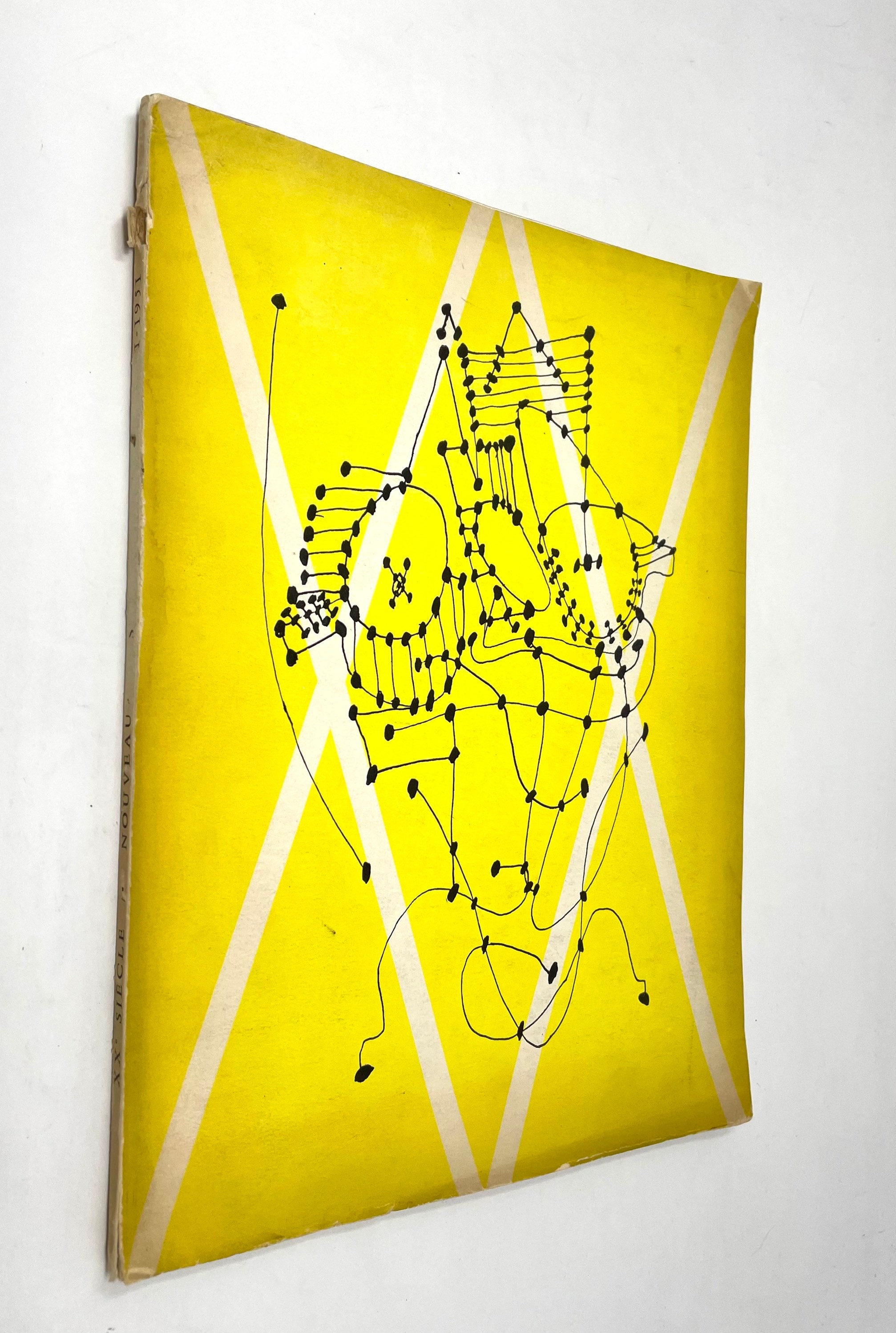
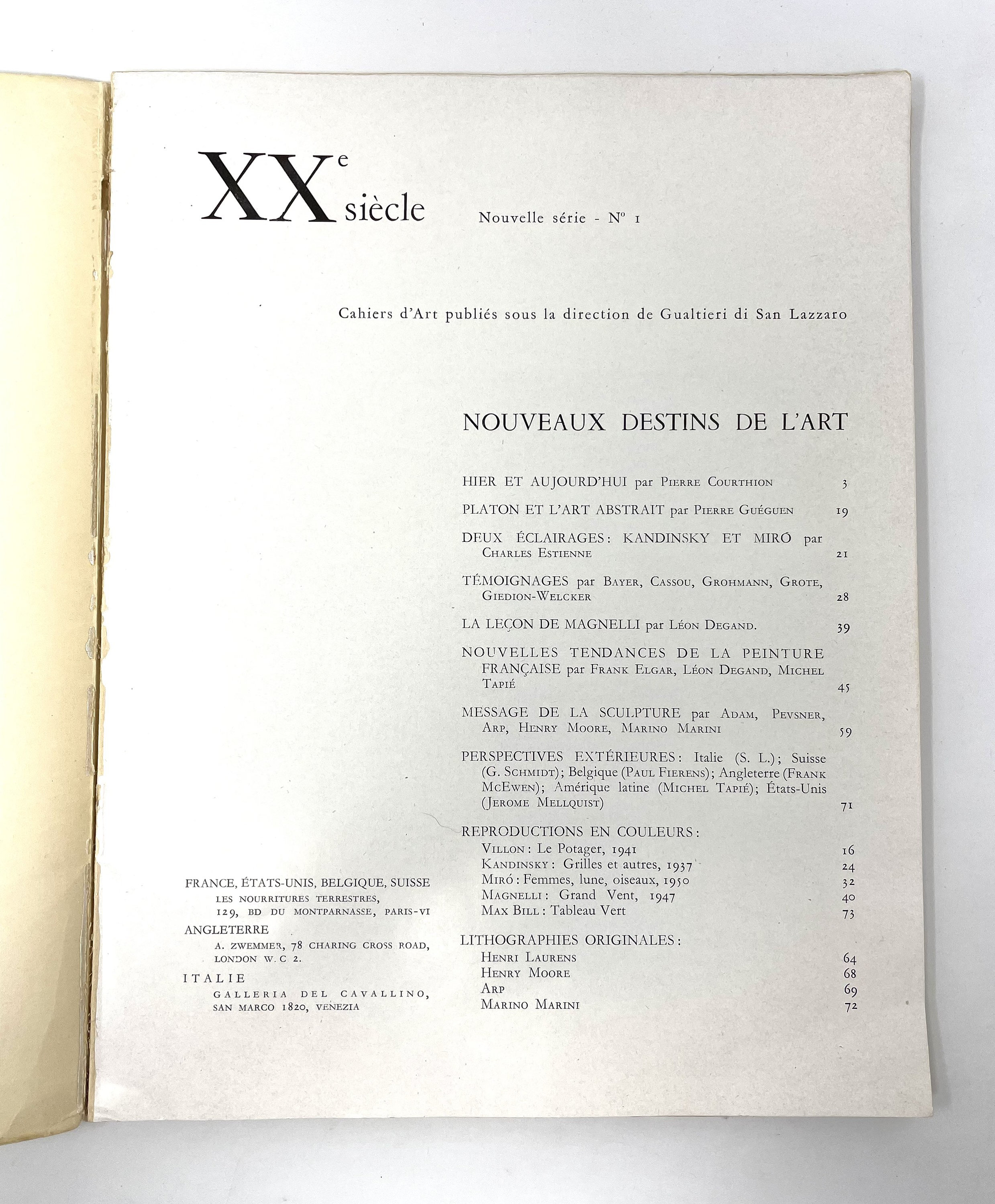

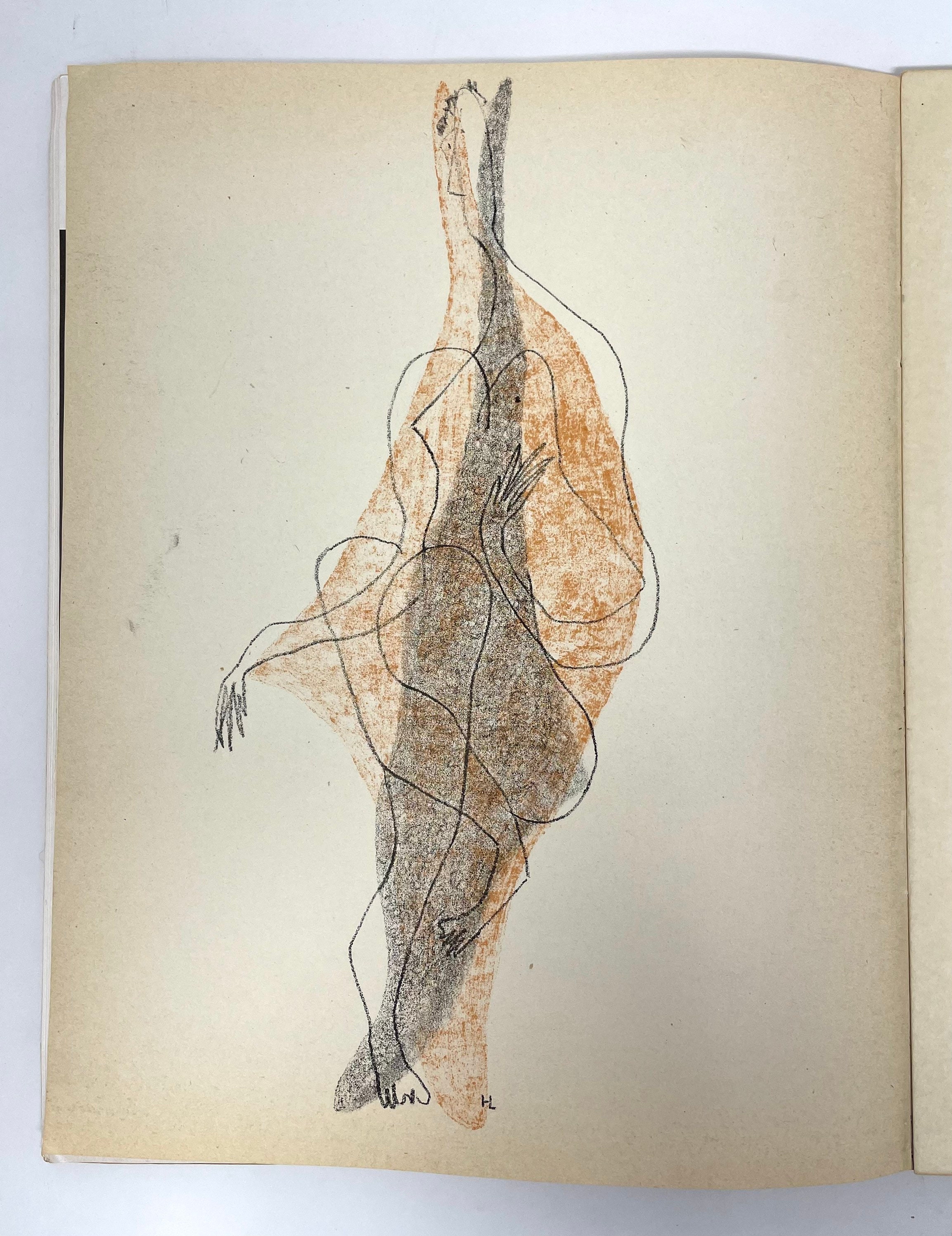
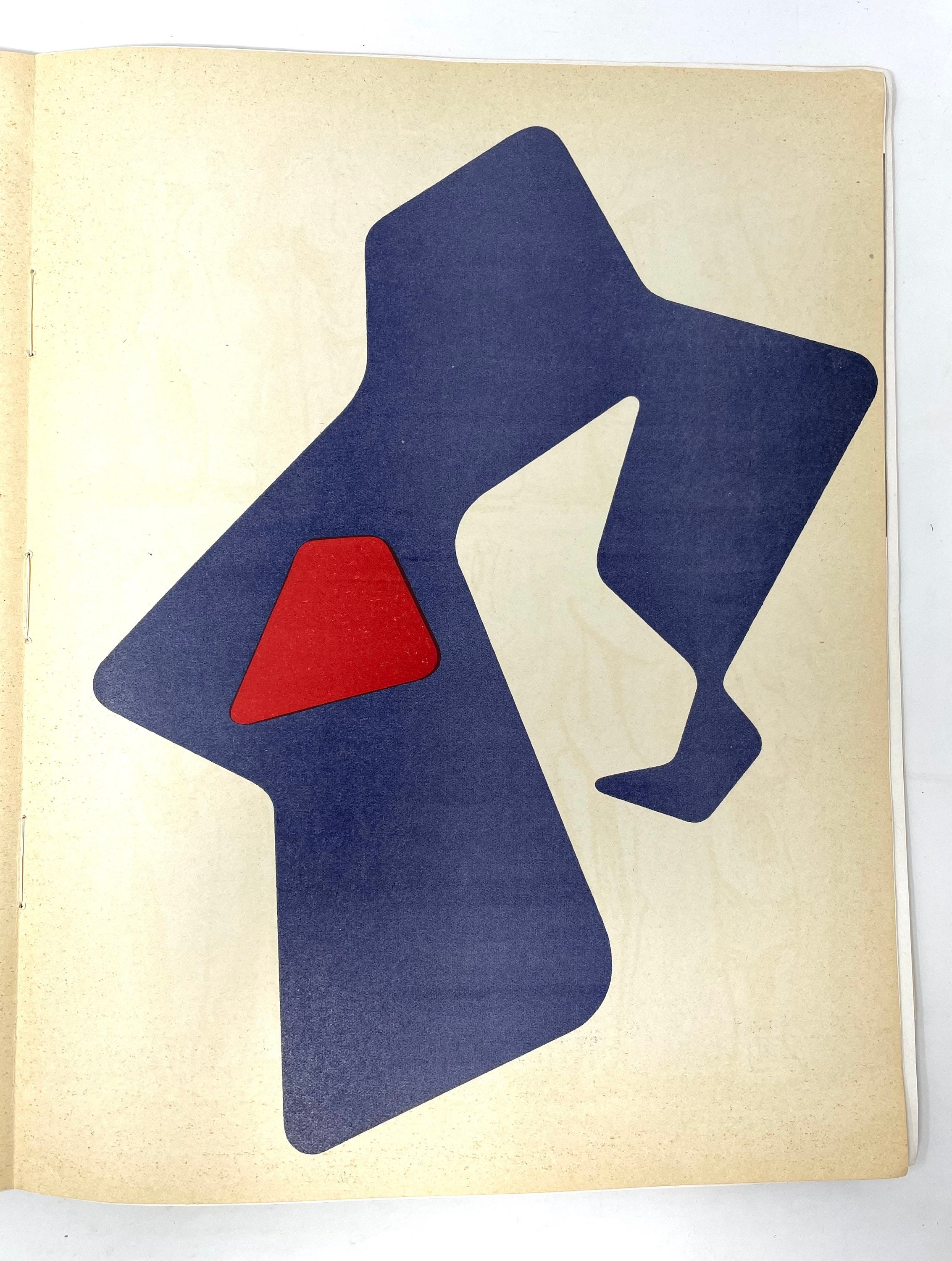
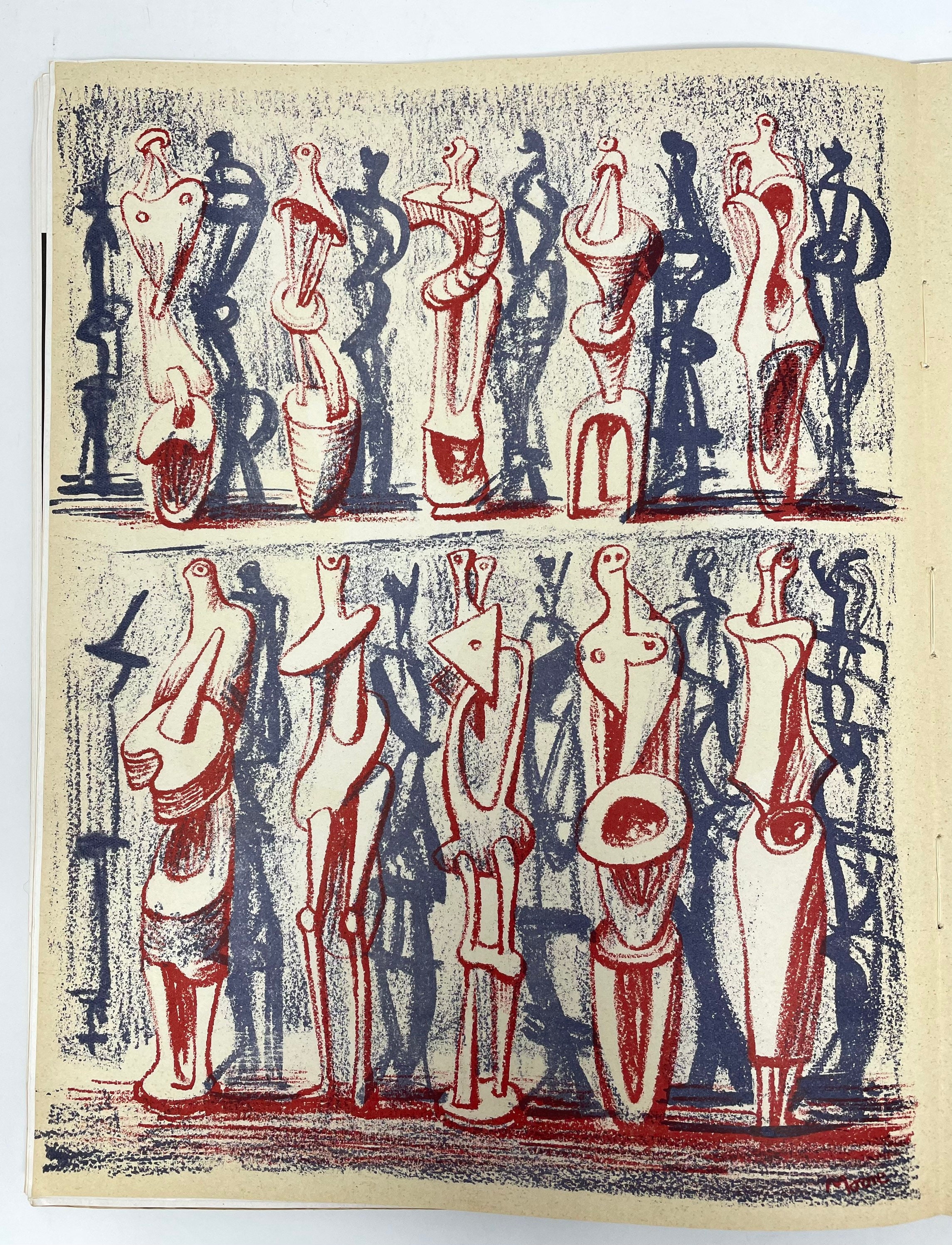
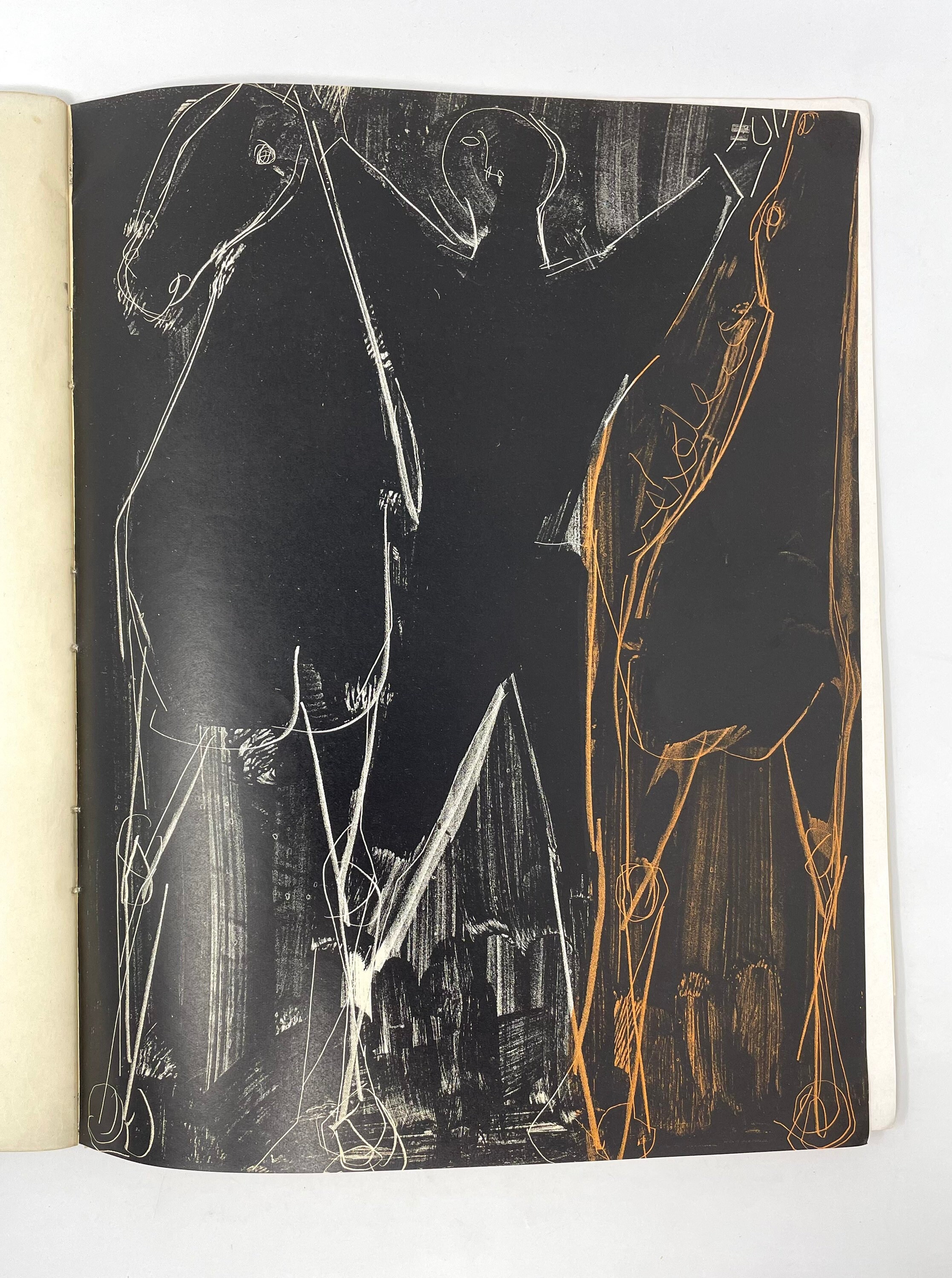
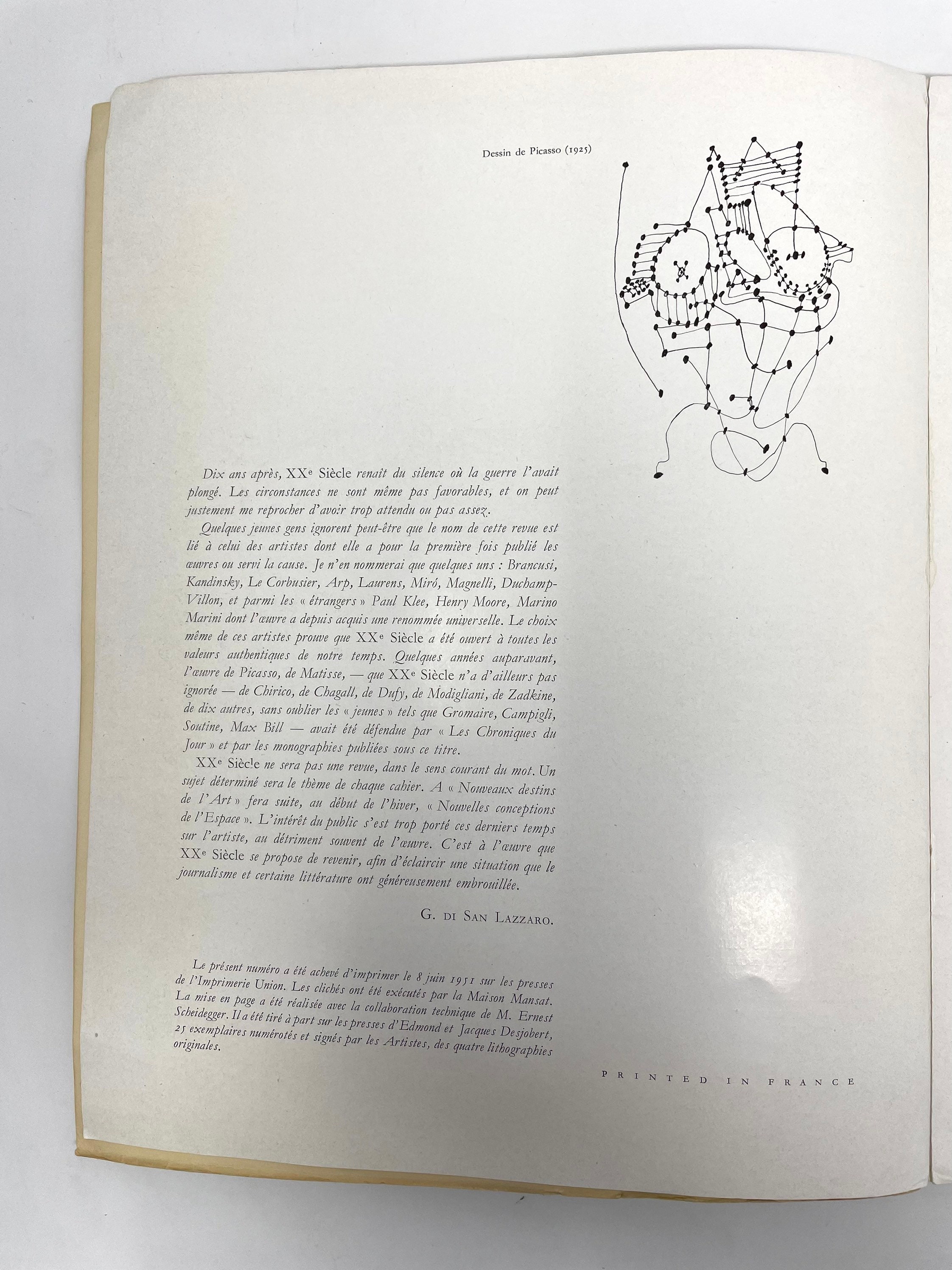
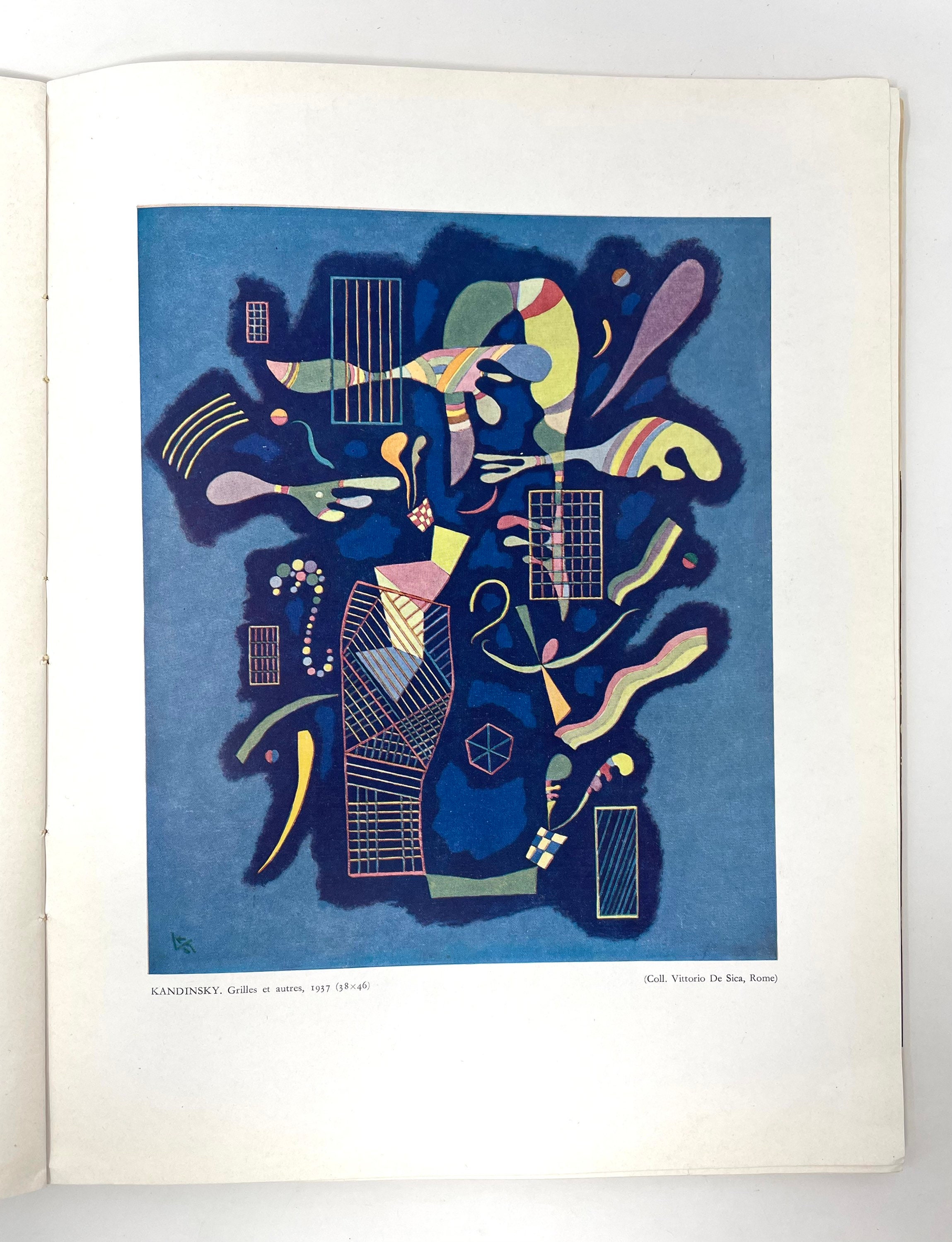
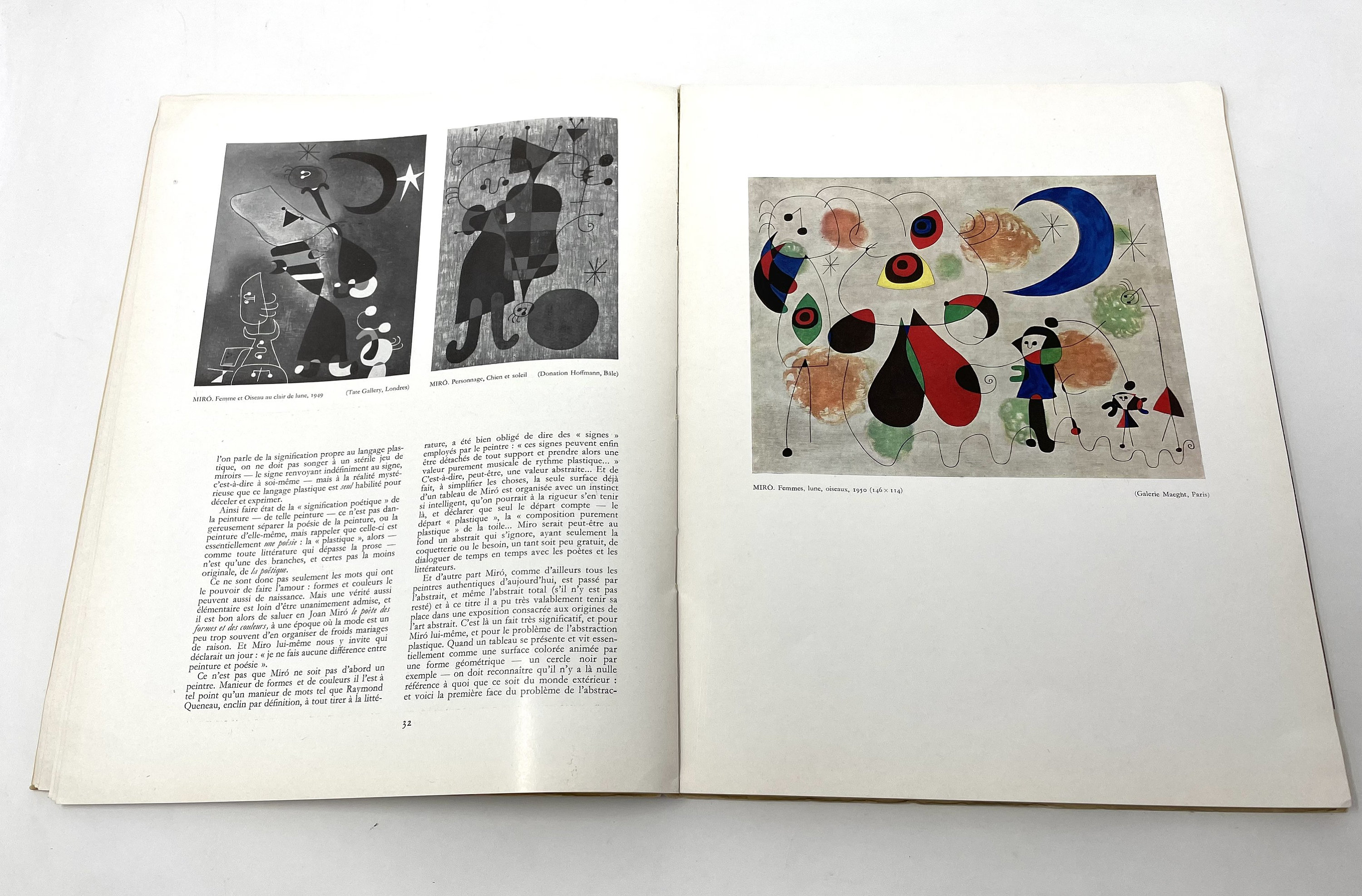
$3,375.00 $4,500.00
XX Siecle~1951~First Edition~Original Lithographs~Laurens~Moore~Arp~Marini~Extremely Rare~Free Insured Shipping
This is a very rare magazine that contains 4 original lithographs by Henri Laurens, Henri Moore, Arp, Marino Marini. The cover illustration is from Picasso. I could not find any copy of this first edition magazine anywhere. I found a gallery in Sweden selling the unframed lithographs for 1500.00 dollars each. This is truly a collectible find! Thanks for your interest.
Revue XXe siècle, 1951, Nouvelle Series XXe Siecle 1 - Nouveaux Destin de l’Art Illustrators Henri Laurens, Henri Moore, Arp, Marino Marini. Cahiers d’Art, San Lazzaro, Paris, 1951. 1st Edition. The art review reborn after 10 years of silence left from World War II, with the “Nouvelle Series” of XXe Siecle. This copy is the first number of the new series, full illustrated and complete of many essays. It contains four original lithographs by Henri Laurens, Henri Moore, Arp, Marino Marini. Pictorial cover by Picasso.
Medium: original lithograph. Printed in 1951 for the art revue XXe Siecle and published in Paris by San Lazzaro. Size: 12 x 9 1/4 inches (305 x 233 mm). Signed in the plate; not hand-signed.
XX Siecle History - The Sicilian writer, journalist, art critic, art publisher, gallerist and art dealer Gualtieri di San Lazzaro (1904-1974) arrived at Paris for the first time in 1924 and stayed there until the breakout of World War II. San Lazzaro got acquainted with the most important artists who lived and worked in that time in Montmartre and Montparnasse including Picasso, Matisse and Chagall and decided to devote his career to the promotion of modern art. The interesting story of his life covers half a century of intensive writing, publishing and dealing with contemporary art which came to its peak in the beginning of the 50s when Lazzaro returned to Paris and resumed the publishing of his renowned XXe Siecle art magazine.
The first issue of the XXe Siecle magazine was published by San Lazzaro in 1938 as an offshoot of the Chroniques du Jour art magazine which he edited and published in Paris since 1925. Lazzaro’s innovative idea was to combine the publication of an art journal with the inclusion of original graphics and lithographs of famous artists and thus to create an editorial product which is informative for art lovers as well as valuable for art collectors. Lazzaro published 4 issues of the XXe Siecle art magazine between 1938 and 1939 but had to stop the operation due to the burst of the war. He later moved back to Italy.
In 1949, 5 years after the end of the war, Lazzaro returned to Paris and two years later, in 1951, he initiated the re-publishing of the XXe Siecle Nouvelle Serie (The New Series) which was renovated in its graphic design and format but followed the same formula developed in 1938 - disseminating art analysis and art critics content and, at the same time, necklace each issue with original lithographs made by the greatest European masters of the twentieth century.
Marino Marini - Horses - Original Lithograph 1951 Dimensions: 32 x 24 cm XXe siècle Marino Marini was born in the Tuscan town of Pistoia on February 27, 1901. He attended the Accademia di Belle Arti in Florence in 1917. Although he never abandoned painting, Marini devoted himself primarily to sculpture from about 1922. From this time his work was influenced by Etruscan art and the sculpture of Arturo Martini. Marini succeeded Martini as professor at the Scuola d’Arte di Villa Reale in Monza, near Milan, in 1929, a position he retained until 1940. During this period Marini traveled frequently to Paris, where he associated with Massimo Campigli, Giorgio de Chirico, Alberto Magnelli, and Filippo Tibertelli de Pisis. In 1936 he moved to Tenero-Locarno, in the Ticino canton, Switzerland; during the following few years the artist often visited Zurich and Basel, where he became a friend of Alberto Giacometti, Germaine Richier, and Fritz Wotruba. In 1936 he received the Prize of the Quadriennale of Rome. He accepted a professorship in sculpture at the Accademia di Belle Arti di Brera, Milan, in 1940. In 1946 the artist settled permanently in Milan. He participated in Twentieth-Century Italian Art at the Museum of Modern Art in New York in 1949. Curt Valentin began exhibiting Marini’s work at his Buchholz Gallery in New York in 1950, on which occasion the sculptor visited the city and met Jean Arp, Max Beckmann, Alexander Calder, Lyonel Feininger, and Jacques Lipchitz. On his return to Europe, he stopped in London, where the Hanover Gallery had organized a solo show of his work, and there met Henry Moore. In 1951 a Marini exhibition traveled from the Kestner-Gesellschaft Hannover to the Kunstverein in Hamburg and the Haus der Kunst of Munich. He was awarded the Grand Prize for Sculpture at the Venice Biennale in 1952 and the Feltrinelli Prize at the Accademia dei Lincei in Rome in 1954. One of his monumental sculptures was installed in the Hague in 1959. Retrospectives of Marini’s work took place at the Kunsthaus Zürich in 1962 and at the Palazzo Venezia in Rome in 1966. His paintings were exhibited for the first time at Toninelli Arte Moderna in Milan in 1963–64. In 1973 a permanent installation of his work opened at the Galleria d’Arte Moderna in Milan, and in 1978 a Marini show was presented at the National Museum of Modern Art in Tokyo. Marini died on August 6, 1980, in Viareggio.
Jean Arp - Original Lithograph 1951 Dimensions: 32 x 24 cm XXe siècle Jean Arp B. 1886, STRASSBURG, GERMANY; D. 1966, BASEL Jean Arp was born Hans Arp on September 16, 1886, in Strassburg. In 1904, after leaving the Ecole des Arts et Métiers, Strasbourg, he visited Paris and published his poetry for the first time. From 1905 to 1907, Arp studied at the Kunstschule, Weimar, and in 1908 went to Paris, where he attended the Académie Julian. In 1909, he moved to Switzerland and in 1911 was a founder of the Moderner Bund group there. The following year, he met Robert and Sonia Delaunay in Paris and Vasily Kandinsky in Munich. Arp participated in the Erste deutsche Herbstsalon in 1913 at the gallery Der Sturm, Berlin. After returning to Paris in 1914, he became acquainted with Guillaume Apollinaire, Max Jacob, Amadeo Modigliani, and Pablo Picasso. In 1915, he moved to Zurich, where he executed collages and tapestries, often in collaboration with his future wife Sophie Taeuber (who became known as Sophie Taeuber-Arp after they married in 1922). In 1916, Hugo Ball opened the Cabaret Voltaire, which was to become the center of Dada activities in Zurich for a group that included Arp, Marcel Janco, Tristan Tzara, and others. Arp continued his involvement with Dada after moving to Cologne in 1919. In 1922, he participated in the Kongress der Konstruktivisten in Weimar and the Exposition Internationale Dada at Galerie Montaigne in Paris. Soon thereafter, he began contributing to magazines such as Merz, Mécano, De Stijl, and later to La Révolution surréaliste. Arp’s work appeared in the first exhibition of the Surrealist group at the Galerie Pierre, Paris, in 1925. In 1926, he settled in Meudon, France. In 1931, Arp was associated with the Paris-based group Abstraction-Création and the periodical Transition. Throughout the 1930s and until the end of his life, he continued to write and publish poetry and essays. In 1942, he fled Meudon for Zurich; he was to make Meudon his primary residence again in 1946. The artist visited New York in 1949 on the occasion of his solo show at Curt Valentin’s Buchholz Gallery. In 1950, he was invited to execute a relief for the Harvard Graduate Center in Cambridge, Massachusetts. In 1954, Arp received the Grand Prize for Sculpture at the Venice Biennale. A retrospective of his work was held at the Museum of Modern Art, New York, in 1958, followed by another at the Musée National d’Art Moderne, Paris, in 1962. Arp died June 7, 1966, in Basel.
Original Lithograph 1951 Dimensions: 32 x 24 cm XXe siècle Henri Laurens was born in Paris in 1885. Impaired by tuberculosis when he was only 17, he is leg-amputated seven years later. First a stone cutter, he then becomes sculptor. In 1899, he studies drawing. Henry Laurens will be strongly influenced by cubism he discovers as soon as 1908 at « La Ruche ». Attracted by the Montparnasse artists group, in 1911, he starts sculpting in a cubist way. Friend of Juan Gris, Picasso, Laurens is also extremely close to Braque (who considered Laurens as a brother). The artist who dedicates most of his work to the human face will destroy a lot of a artpieces only to leave the ones successfully accomplished. Artist recognized worlwide, his last 10 years production (« La Grande baigneuse », 1947, « L’Automne », 1948) will be bought by the most famous museums. « His way of breathing, touching, feeling, thinking becomes object, becomes sculpture » will write Giacometti. Henri Laurens died in 1954 in Paris.
Henry Spencer Moore OM CH FBA (30 July 1898 – 31 August 1986) was an English artist. He is best known for his semi-abstract monumental bronze sculptures which are located around the world as public works of art. As well as sculpture, Moore produced many drawings, including a series depicting Londoners sheltering from the Blitz during the Second World War, along with other graphic works on paper.
His forms are usually abstractions of the human figure, typically depicting mother-and-child or reclining figures. Moore’s works are usually suggestive of the female body, apart from a phase in the 1950s when he sculpted family groups. His forms are generally pierced or contain hollow spaces. Many interpreters liken the undulating form of his reclining figures to the landscape and hills of his Yorkshire birthplace.
Moore became well known through his carved marble and larger-scale abstract cast bronze sculptures, and was instrumental in introducing a particular form of modernism to the United Kingdom. His ability in later life to fulfil large-scale commissions made him exceptionally wealthy. Despite this, he lived frugally; most of the money he earned went towards endowing the Henry Moore Foundation, which continues to support education and promotion of the arts.
“From our book shelf to yours. Wishing you great reading.” Barbara and Michael
If you have any questions about this item, please feel free to convo us.
Each book in our collection has been hand selected by Barbara and Michael over many years of hunting for them. We hope you will find a special treasure to read or share.